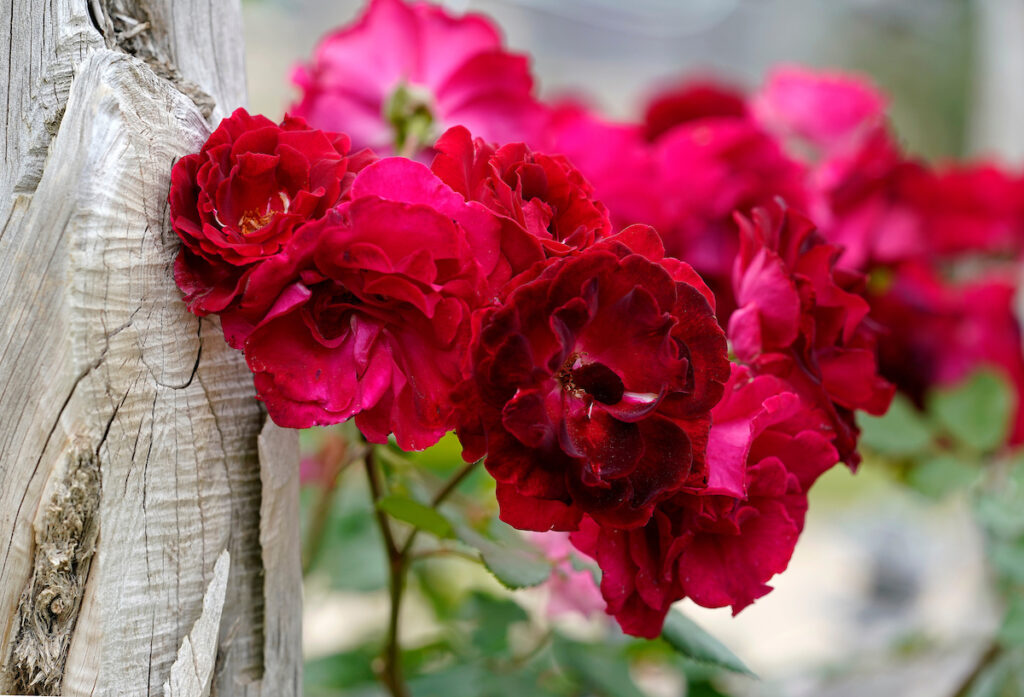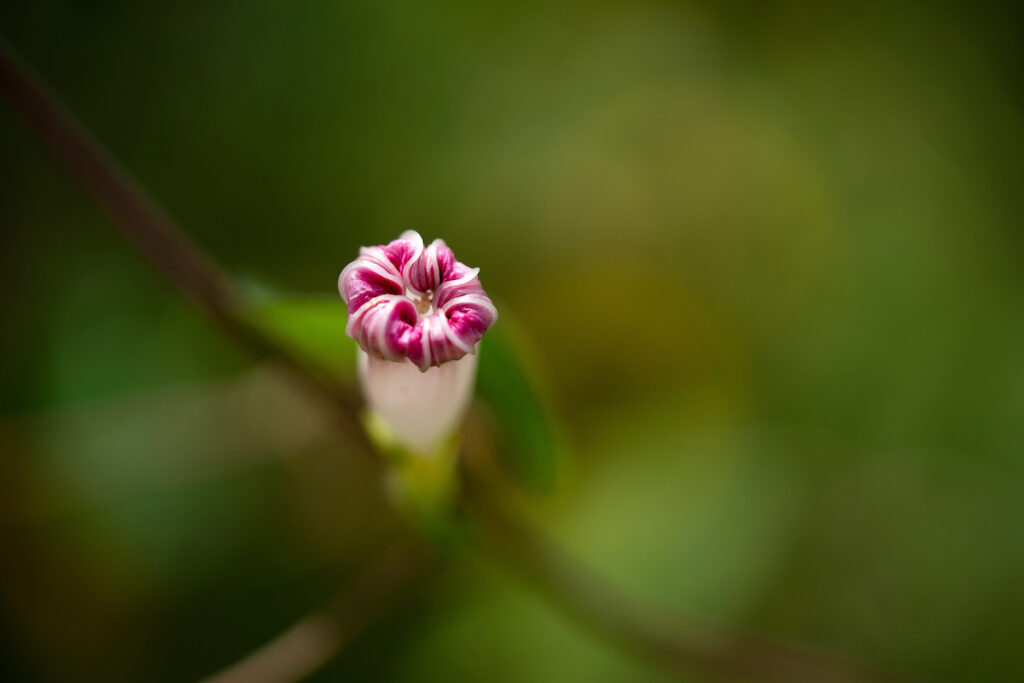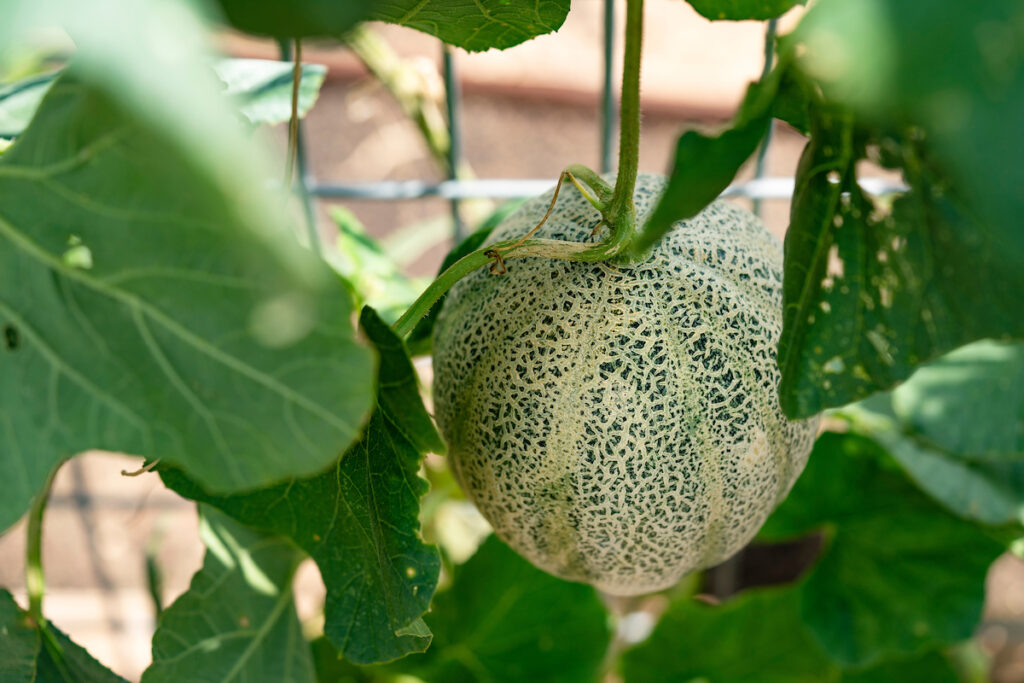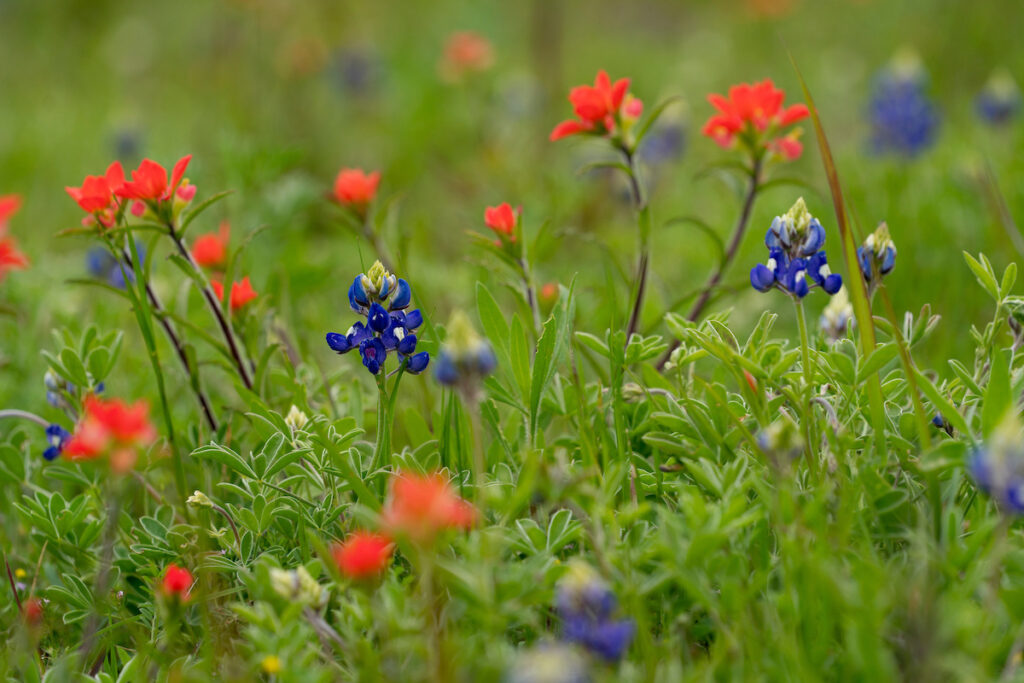Spring’s roller coaster temperatures impact gardens
From fertilizing and weeding to bagworms and aphids, horticulturalist offers tips for April
A roller coaster of temperatures isn’t unusual for spring in Texas, but gardeners need to be aware of the impact of this year’s weather fluctuations to maximize a garden’s produce and blooms.

“A wide variation in temperatures mean warm-season crops will struggle,” said Larry Stein, Ph.D., horticulture specialist at the Texas A&M AgriLife Extension Service, Uvalde. “Cool temperatures hinder seed germination, and you may have to reseed if stands are poor.”
Also, lack of chilling temperatures this past winter is causing delayed and protracted bloom on perennial fruit crops in some areas, Stein said.
Stein, also associate department head and professor within the Department of Horticultural Sciences in the Texas A&M College of Agriculture and Life Sciences, offered these gardening tips for April.
Know when to prune
Prune spring-flowering shrubs soon after flowering. Keep the plant’s natural shape in mind as you prune and avoid excessive cutting except where necessary to control size. Climbing hybrid tea roses may be pruned as soon as they complete flowering. Wait to prune such trees until you see what the final push will be.
Fertilize azaleas, roses, trees and shrubs
As soon as azaleas have finished flowering, apply an acid-type fertilizer at the recommended rate. Don’t over-fertilize, as azalea roots are near the surface and damage can occur. Water thoroughly after fertilizing.

Roses have high fertilizer requirements. For most soils, use a complete fertilizer for the first application just as new growth starts, then use ammonium sulfate or another high-nitrogen source every four to six weeks, usually just as the new growth cycle starts following a flowering cycle. Ideally, use a slow-release product. For organic sources, use cottonseed, rotted manures or alfalfa meal. Fertilize trees and shrubs by placing fertilizer at the drip line, and be sure to water it in.
Spray roses
Continue to spray rose varieties susceptible to black spot, using a spray recommended for fungus control every seven to 10 days. Many of the Old Garden Roses and some of the newer ones have considerable resistance to black spot.
Seed warm-season annuals
Seeds of amaranthus, celosia, cosmos, marigold, portulaca, zinnia and other warm-season annuals can be sown directly in the beds where they are to grow.

Keep seeded areas moist until the seeds germinate and thin out as soon as they are large enough to transplant. Transplant surplus plants to other areas.
Consider holding off on hot-season crops
Even though it is time to plant hot-season crops like okra, melons, lima beans and southern peas, you may want to hold off until it warms a bit more.
Prepare for pests
It will soon be time for bagworms to attack junipers and other narrow-leafed evergreens. Apply control measures, such as Sevin dust or spray, or Spinosad while the insects and the bags are about a half-inch long. When caterpillars attack live oak trees en masse, it is very alarming, but usually nothing can be done. A healthy live oak will usually regrow its leaves and resume normal activities.
Purchase annuals with buds, not flowers
For instant color, purchase started annual plants. Select short, compact plants. Any flowers or flower buds should be pinched to allow plants to become established. Your best bet is to purchase plants with flower buds but not open flowers.

Care for established annuals
Removing spent flowers, trimming back excessive growth, and applying fertilizer to an established annual bed can do wonders toward rejuvenating and extending the life of the planting.
Keep an eye out for aphids
Check new tender growth for aphids. A few can be tolerated, but large numbers should be controlled. Always follow label instructions on approved pesticides. Washing them off with a strong spray of water may be all that is necessary for adequate control.
Start weeding early
Start weeding early in the flower garden since early competition with small plants can delay flowering. A mulch will discourage weed growth and make those that do come through easier to pull. Examine closely soil purchased for use in beds, low areas and containers.
Often, contaminated soil sources bring nut grass and other weeds, nematodes and soilborne disease into the yard. It is a good idea to side dress — fertilizing crops once the plants have begun growing and adding soil nutrients that boost crop growth — your vegetable crops prior to mulching.

Watch wildflowers
Going for a drive or hike to see bluebonnets, Indian paintbrushes and other wildflowers has become a Texas tradition once the weather warms up. Even though some wildflowers are in bloom, they are a bit weak in other areas due to extreme drought. Watch newspapers and other media sources for information regarding wildflower trails and open garden days.
Care for houseplants
Houseplants can be moved outside to be re-potted but remember not to place them in direct sunlight. Place tropical plants in containers in full sunlight for a dazzling display of summer color.
Save for next season
Many flower or vegetable seeds left over after planting in the garden can be saved for the next season. Simply close the packets with tape or paper clips and store them in a sealed glass jar in your refrigerator. Spring is also a time to continue to collect fallen leaves and male catkin blooms to use as mulch.


